Hello friends, welcome back to my blog. Today in this blog post, I am going to tell you, How to get optional parameter value from url in reactjs?
Guys with post we will cover below things:
- React routing.
- React routing with multiple parameters.
- Get parameter value in reactjs.
- For better working experience please check the below video.
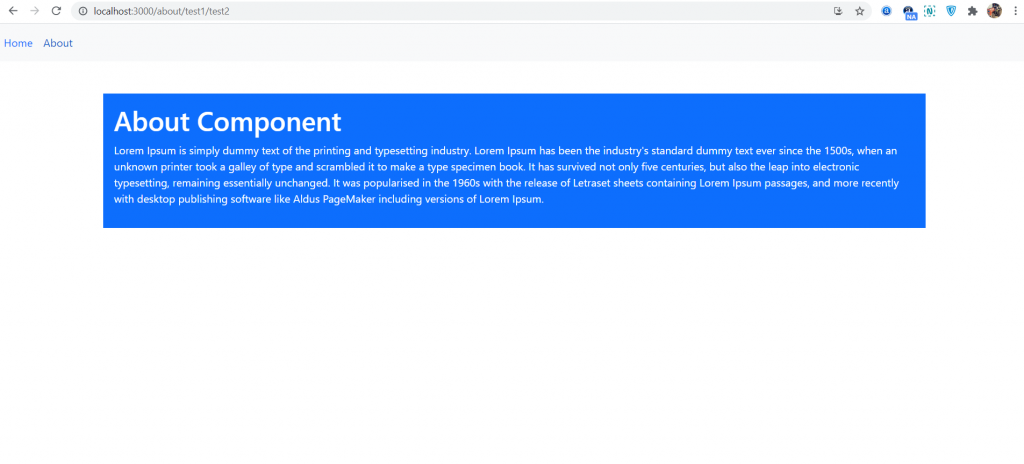
For react js new comers, please check the below link:
React js Basic Tutorials
Friends now I proceed onwards and here is the working code snippet and please use this carefully to avoid the mistakes:
1. Firstly friends we need fresh reactjs setup and for that we need to run below commands into our terminal and also w should have latest node version installed on our system:
Guys you can skip this first step if you already have reactjs fresh setup:
npx create-react-app reactdemo cd reactdemo npm start // run the project
2. Now friends, we need to run below commands into our reactjs project to install bootstrap(for good looks), react router for dynamic routing modules:
Guys you can skip this first step if you already have these modules:
npm install bootstrap --save npm install --save react-router-dom npm start
3. Now friends, we need to create new Home.js file inside src folder and add below code in that file:
import React from 'react';
import 'bootstrap/dist/css/bootstrap.min.css';
class Home extends React.Component {
render() {
return (
<div className="p-3 mb-2 bg-secondary text-white">
<h1>Home Component</h1>
<p>Lorem Ipsum is simply dummy text of the printing and typesetting industry. Lorem Ipsum has been the industry's standard dummy text ever since the 1500s, when an unknown printer took a galley of type and scrambled it to make a type specimen book. It has survived not only five centuries, but also the leap into electronic typesetting, remaining essentially unchanged. It was popularised in the 1960s with the release of Letraset sheets containing Lorem Ipsum passages, and more recently with desktop publishing software like Aldus PageMaker including versions of Lorem Ipsum.</p>
</div>
);
}
}
export default Home;
4. Friends now, we need to create new About.js file inside src folder and add below code in that file:
import React from 'react';
import 'bootstrap/dist/css/bootstrap.min.css';
class About extends React.Component {
componentDidMount()
{
console.log(this.props.match.params.pathParam2) // see the value in console
}
render() {
return (
<div className="p-3 mb-2 bg-primary text-white">
<h1>About Component</h1>
<p>Lorem Ipsum is simply dummy text of the printing and typesetting industry. Lorem Ipsum has been the industry's standard dummy text ever since the 1500s, when an unknown printer took a galley of type and scrambled it to make a type specimen book. It has survived not only five centuries, but also the leap into electronic typesetting, remaining essentially unchanged. It was popularised in the 1960s with the release of Letraset sheets containing Lorem Ipsum passages, and more recently with desktop publishing software like Aldus PageMaker including versions of Lorem Ipsum.</p>
</div>
);
}
}
export default About;
5. Finally friends we need to add below code into our src/App.js file to get final output on web browser:
import React from 'react';
import './App.css';
//Calling Bootstrap styles
import 'bootstrap/dist/css/bootstrap.min.css';
//Routing
import Home from './Home';
import About from './About';
//Router Modules Router for routing, Switch for switching components related to routes, Link for routes linking
import { BrowserRouter as Router, Switch, Route, Link } from 'react-router-dom';
class App extends React.Component {
render() {
return (
<Router>
<nav class="navbar navbar-expand-sm bg-light">
<ul class="navbar-nav">
<li class="nav-item">
<Link class="nav-link" to={''}>Home</Link>
</li>
<li class="nav-item">
<Link class="nav-link" to={'/about/test1/test2'}>About</Link>
</li>
</ul>
</nav>
<div className="container p-5">
<Switch>
<Route exact path='/' component={Home} />
<Route exact path='/home' component={Home} />
<Route exact path='/about/:pathParam1?/:pathParam2?' component={About} />
</Switch>
</div>
</Router>
);
}
}
export default App;
Now we are done friends. If you have any kind of query or suggestion or any requirement then feel free to comment below.
Note: Friends, I just tell the basic setup and things, you can change the code according to your requirements. For better understanding must watch video above.
I will appreciate that if you will tell your views for this post. Nothing matters if your views will be good or bad.
Jassa
Thanks
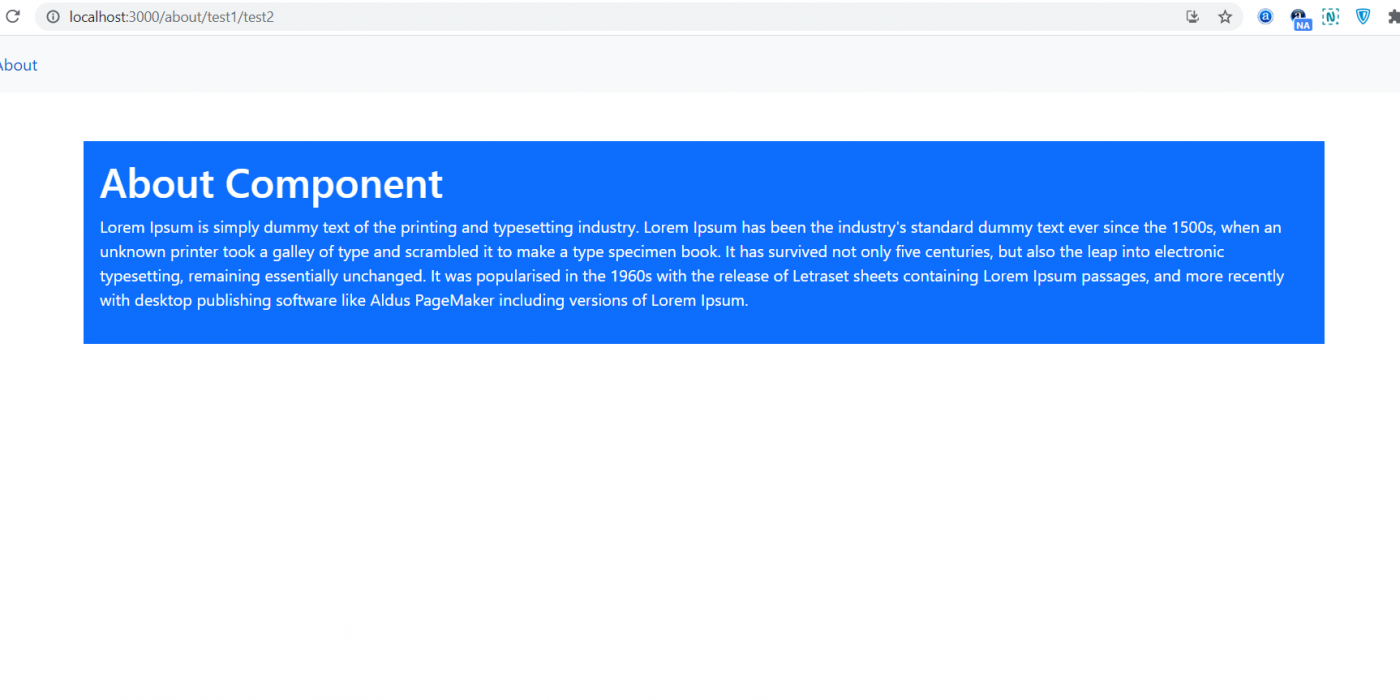
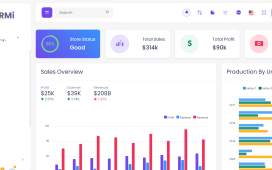
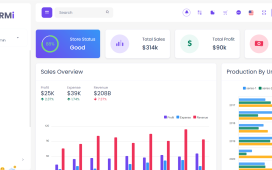
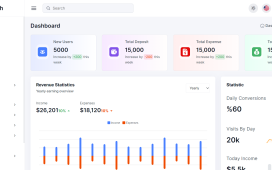
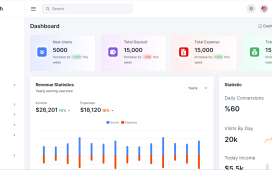
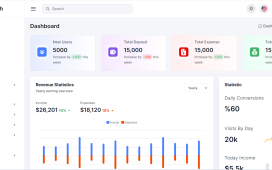
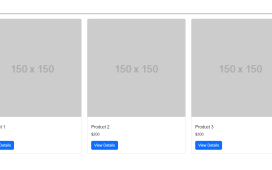
Recent Comments